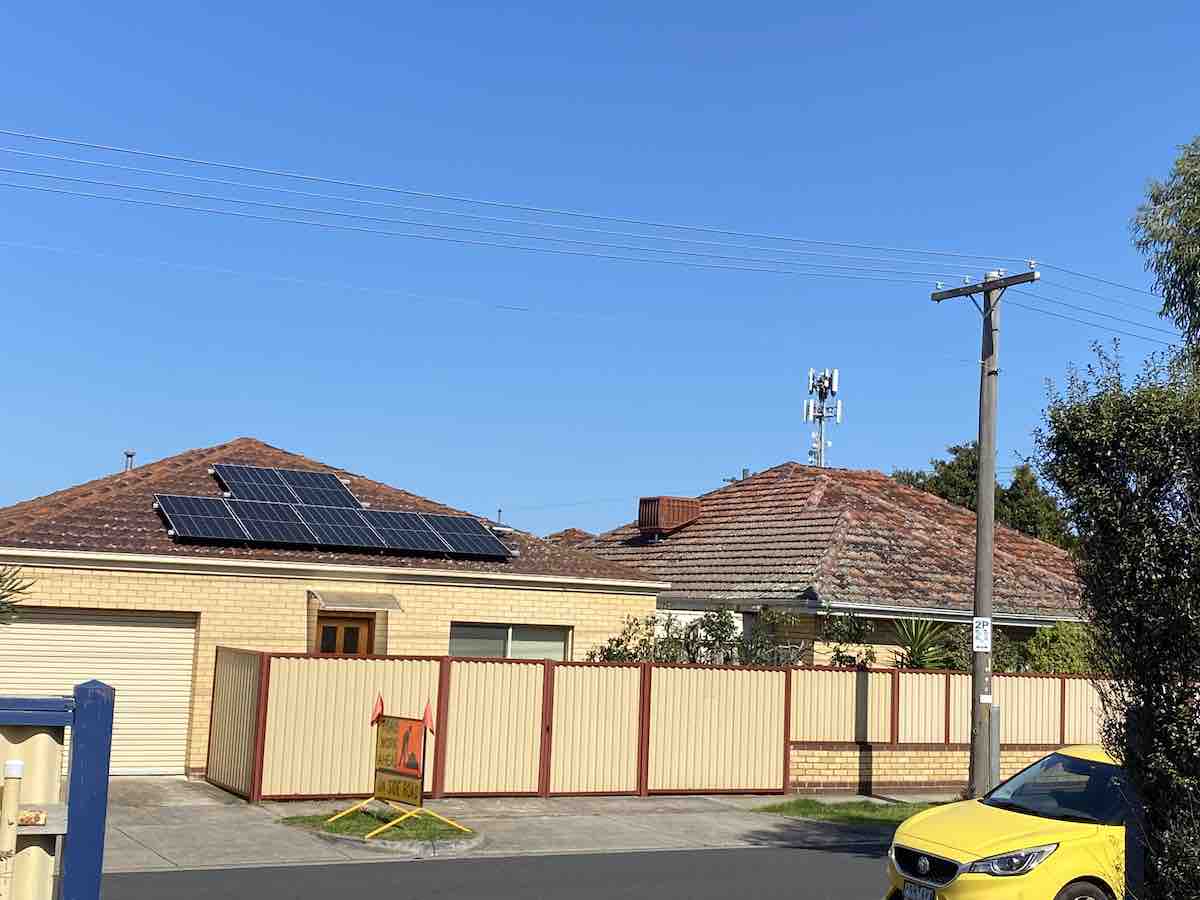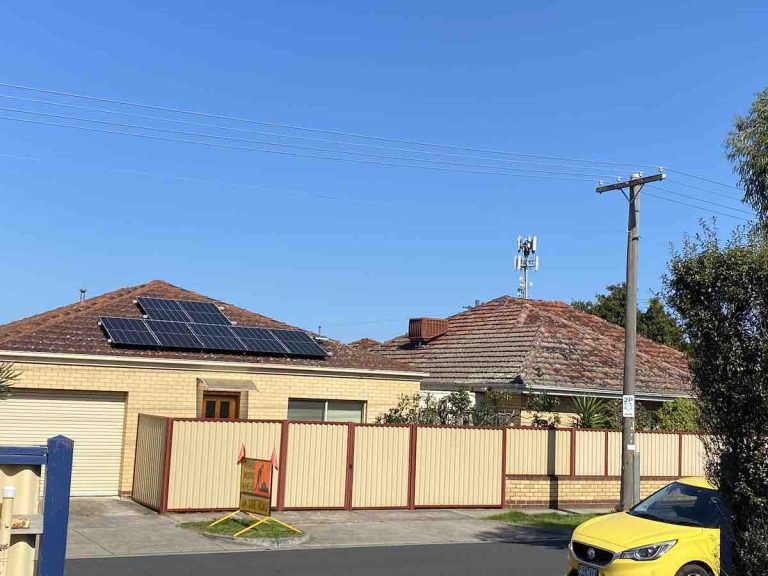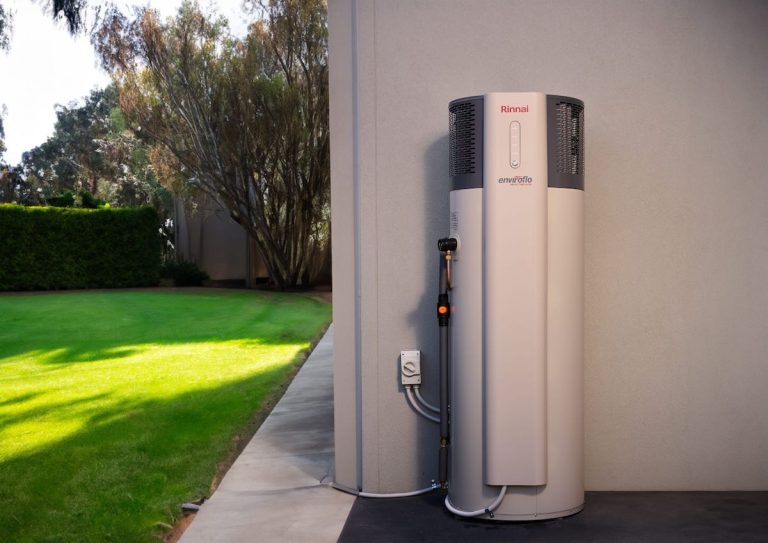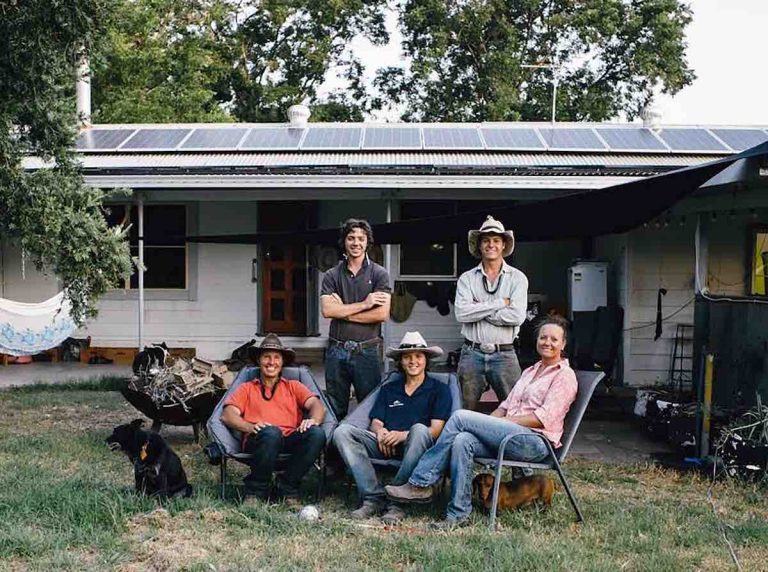Minimal Costs for Managing Rooftop Solar Exports
Distribution network companies in Australia are currently allocating only about 1% of their total expenditure to provide consumer export services, as revealed in the Australian Energy Regulator’s latest report. This report, based on the 2023-24 operational data of 14 network service providers, highlights the performance of networks in facilitating export services for embedded generators such as residential solar and batteries.
One notable statistic from the report is that over 10% of energy delivered by these companies in the 2023-24 financial year originated from customers with small-scale consumer energy resources, predominantly rooftop solar installations. Additionally, the report indicates a rise in the number of network customers utilising export services, with 27% of all NEM network customers now exporting energy, up from 25% in the previous year.
Challenges and Strategies
Despite the increasing trend in rooftop solar installations, the report highlights that distribution network companies are not significantly investing in accommodating this growth. Instead, they rely on export limitations and curtailment methods to manage the influx of distributed PV systems. These limitations are crucial to ensure that energy exports do not exceed the network’s hosting capacity.
The report emphasises the importance of monitoring rooftop solar curtailment as a key performance metric, although many companies do not currently calculate these estimates. Notably, the data suggests that only a small percentage of customers are subject to flexible export limits, which have proven successful in regions like South Australia.
Benefits and Costs
Flexible export schemes have demonstrated significant benefits, allowing households to export more solar energy while supporting grid stability. In South Australia, these initiatives have unlocked billions of dollars in net benefits for consumers. However, delays in implementing similar schemes outside of SA have resulted in financial losses for solar system owners.
Furthermore, the report indicates that expenditure on export services is not a direct measure of performance but reflects constraints related to exports and network activities. It suggests that consumers should expect efficient export curtailment levels and prudent expenditure on solutions to address emerging constraints.
Overall, the report underscores the need for distribution network companies to invest wisely in export services to support the growing demand for rooftop solar and ensure grid stability in the face of increasing distributed energy resources.






